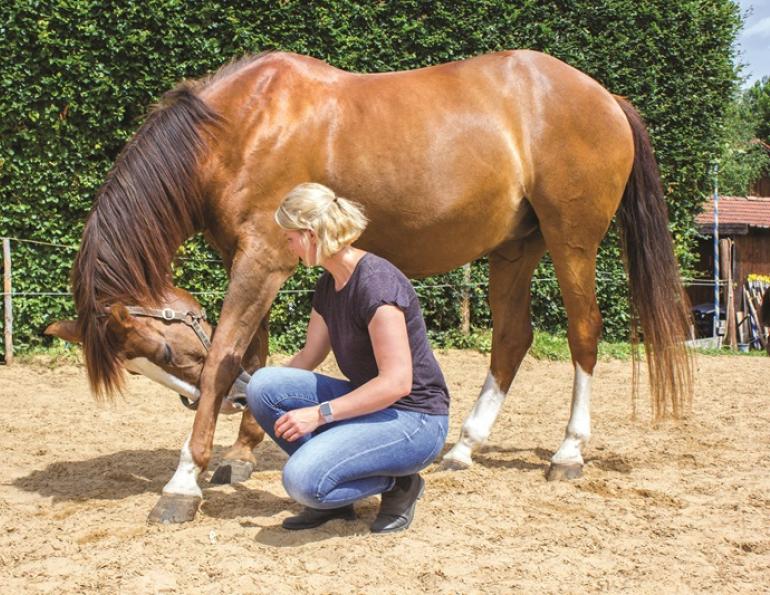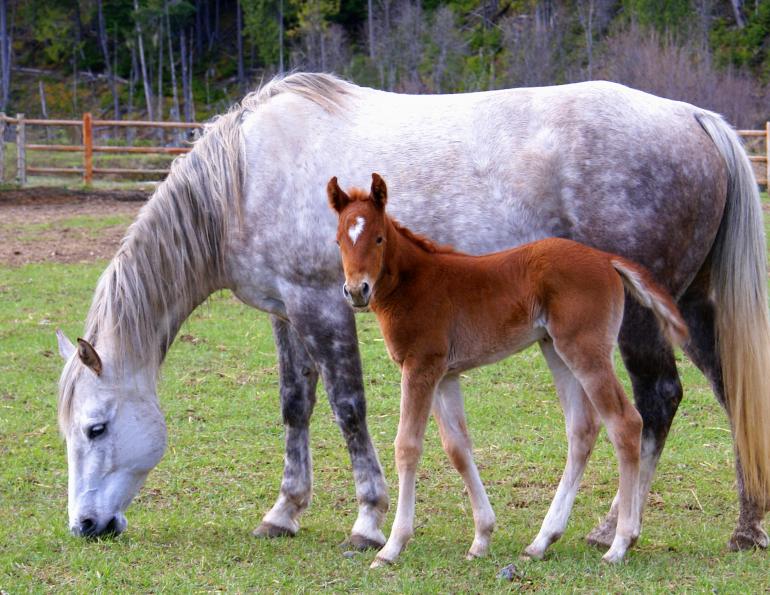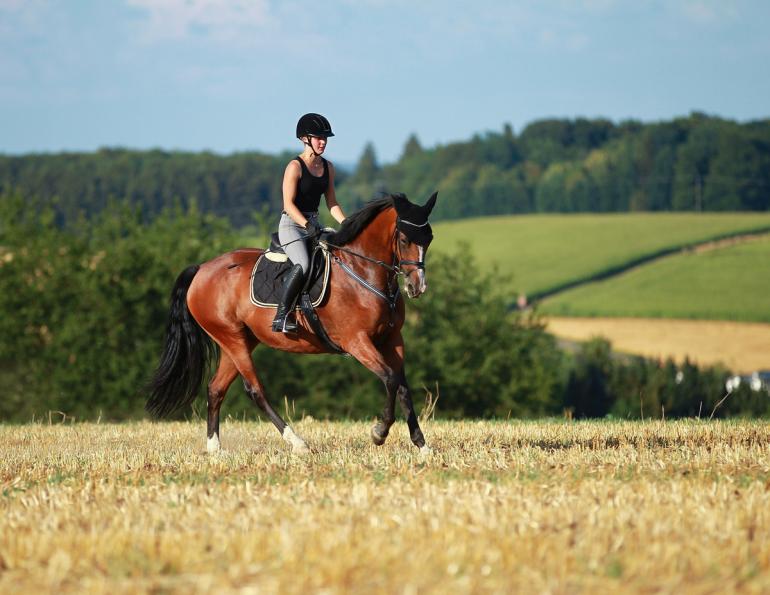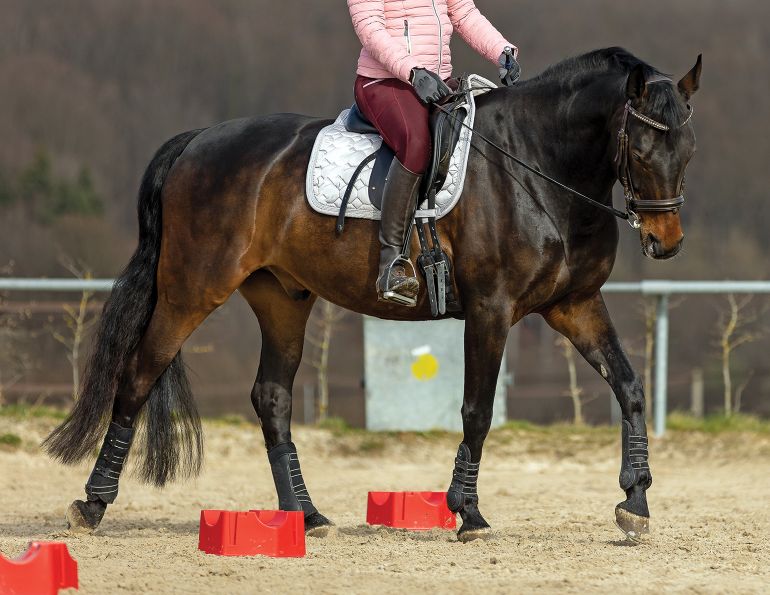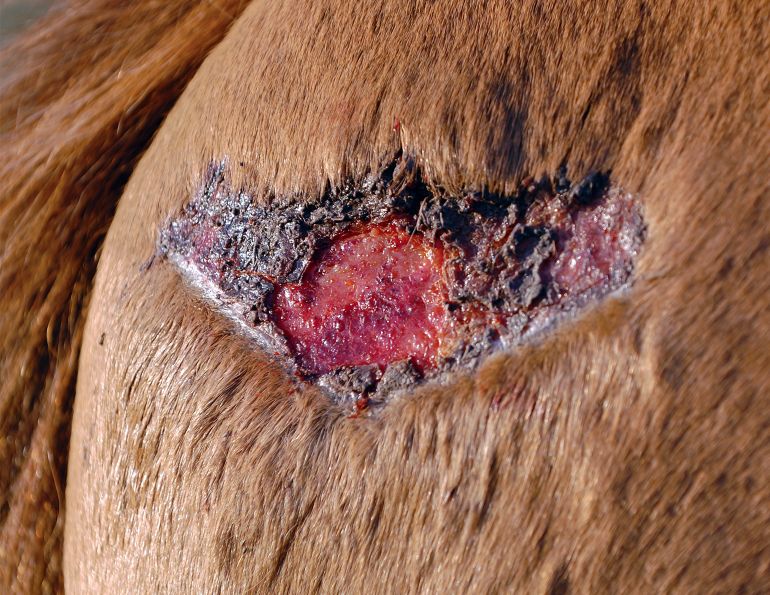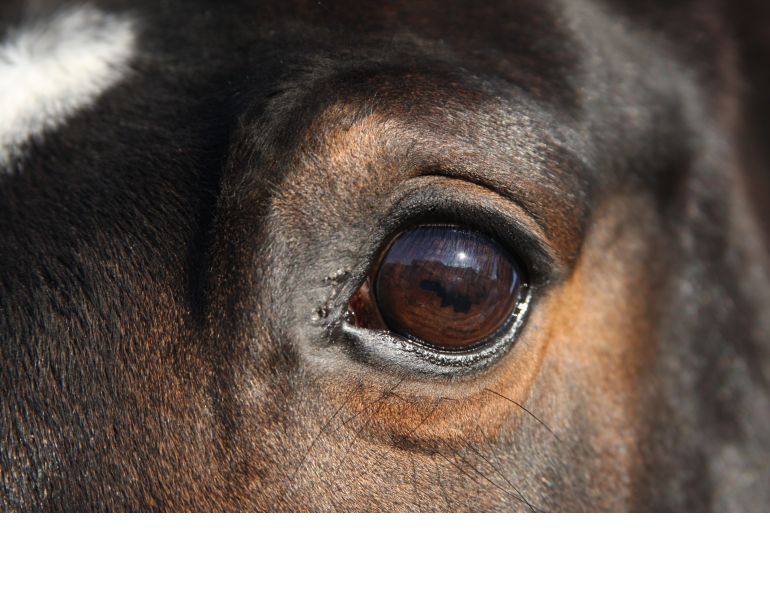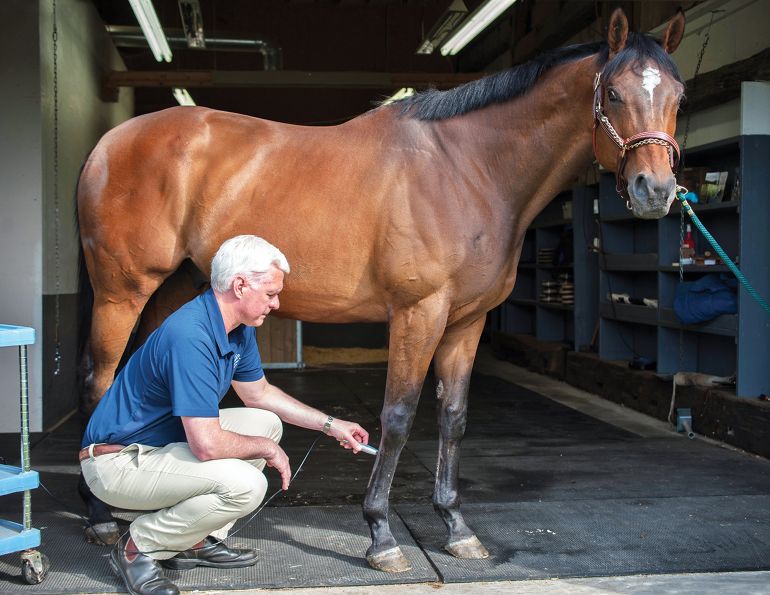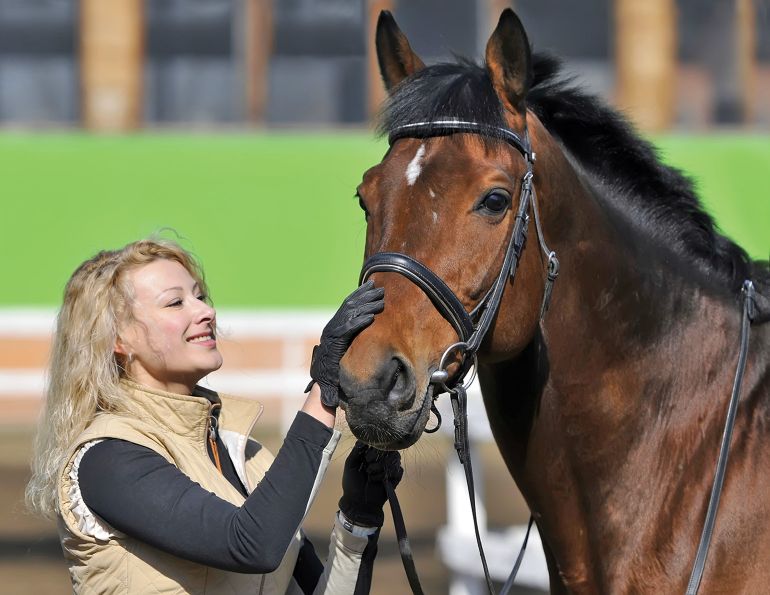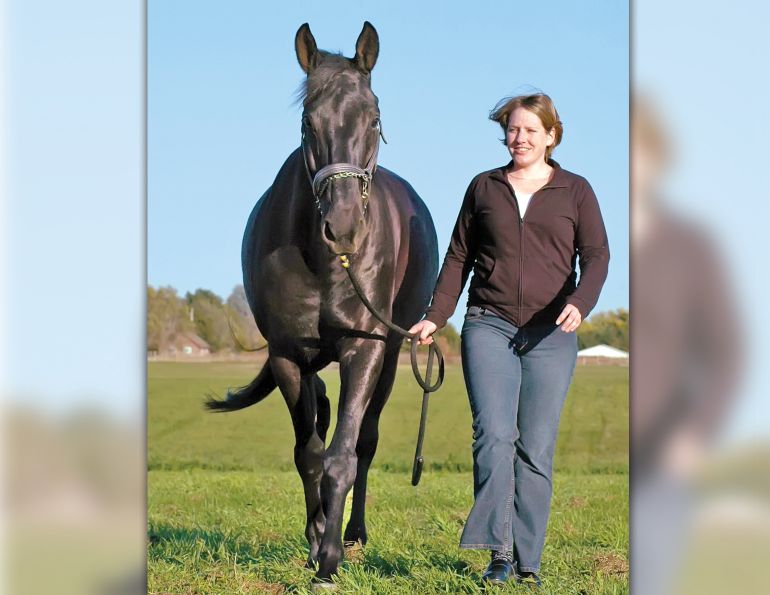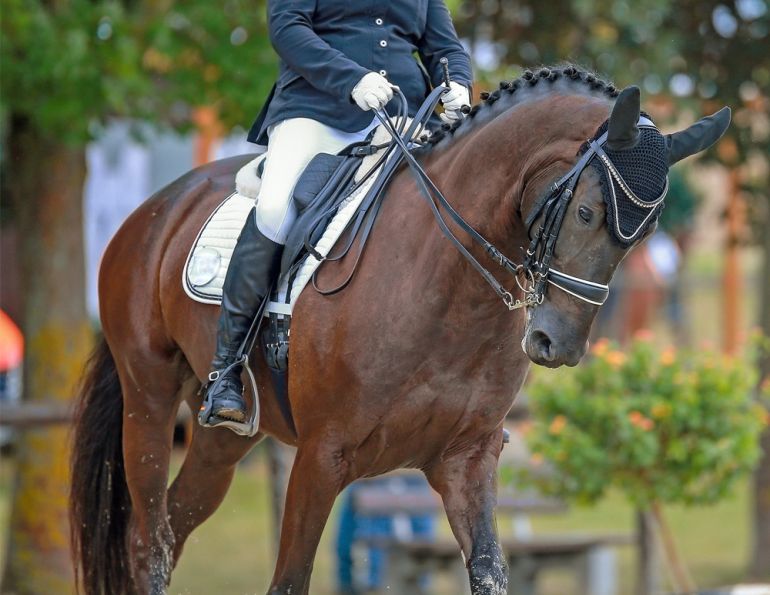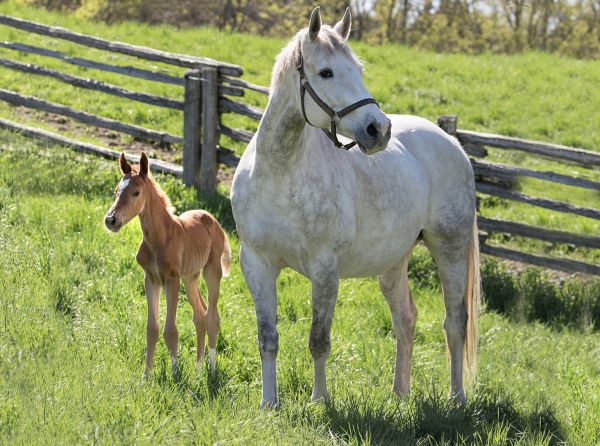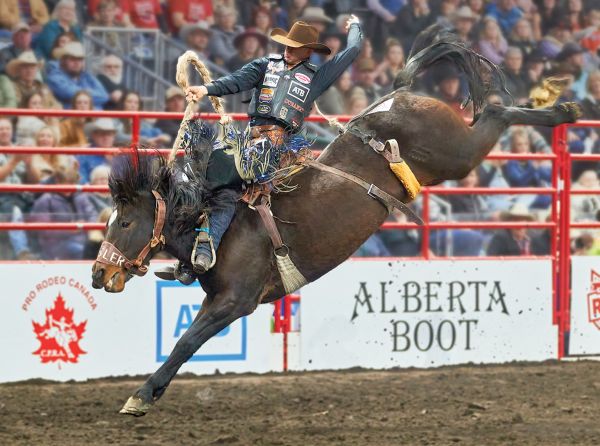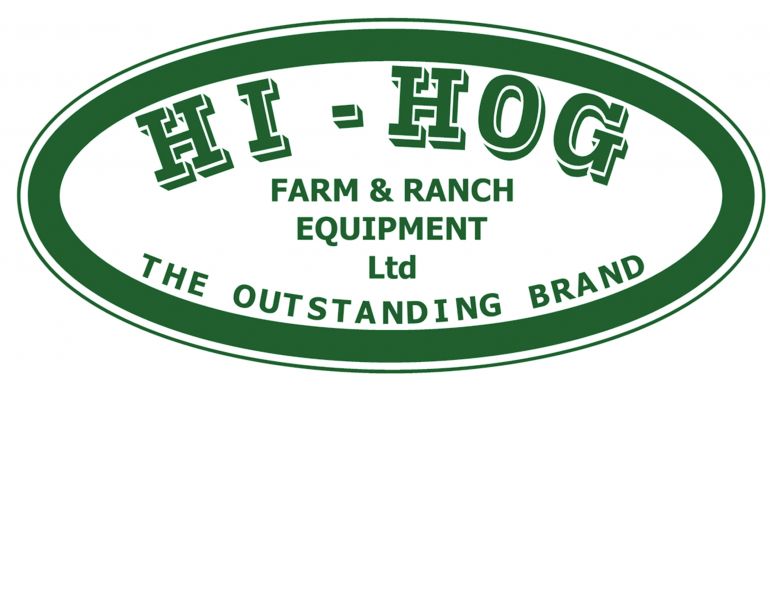Getting Back to Better
By Crystal Lee, DVM, DACVS, Burwash Equine Services
One of the many reasons that the words “colic surgery” tend to strike fear into a horse owner’s heart is the question of whether their horse will be able to return to their previous level of performance (or even return to performing at all). A recent research study by Dr. Holcombe and her team at Michigan State University looked at specific ways that a horse owner can influence the likelihood of this return to performance after colic surgery1.
Before we look at the results of this research study, it is helpful to review the likelihood that a horse will recover from colic surgery at all by looking at the previous research investigating this probability of return to performance. Horse owners often have a pessimistic view of the likely outcomes of colic surgery, feeling that the horse is not likely to ever be the same again, and this can influence owners away from having surgery performed. However, the research actually supports a more positive outlook. Many horses across a number of disciplines, having survived colic surgery, do return to the same level of performance they were at previously, or even improve their level of performance after the surgery.

Eric Lamaze’s legendary partner, Hickstead, underwent colic surgery in October 2007, and in 2008 carried his rider to Individual Gold and Team Silver medals for Canada at the Beijing Olympic Games. Another Canadian horse hero, Ian Millar’s Big Ben, twice returned to world-class competition after undergoing colic surgery, and competed in the Olympic Games for a third time little more than a year after his second surgery. Photo: Robin Duncan Photography
A research study from the Veterinary Teaching Hospital in Finland looked at the recovery of 236 horses that underwent colic surgery2. Of these 236 horses, 84 percent recovered from anesthesia (the remainder were euthanized during surgery). Of the 195 horses that survived the surgery, 75 percent were discharged from the hospital. Of the horses that were discharged, 84 percent reached or exceeded their previous level of performance. Factors such as the presence of an incisional hernia, incidence of post-operative colic, the age of the horse, the location of the surgical lesion, and time to convalescence did not have an impact on the probability of performance after surgery in this study.
Another research study out of California looked specifically at the performance of Thoroughbred racehorses after colic surgery3. The beneficial aspects of a research study looking at return to racing in Thoroughbreds are firstly that there is a very high level of performance required to return in this sport, and secondly that there is objective data available to evaluate performance in the form of earnings, starts, and earnings per start. This objective data is often not available in other disciplines. In this study, 69 percent of the Thoroughbreds that underwent colic surgery returned to racing, compared to 73 percent of control horses. There is no significant difference in these two percentages. It is common for even the control group to have what seems to be a relatively low percentage of return to racing in these studies, as the rate of attrition in racehorses is high for a number of reasons. The horses that underwent surgery did not show any statistically significant reduction in measures of performance or career length compared to the control horses.
Related: 8 Ways to Survive the Emotional Roller Coaster of Having an Injured Horse
Related: Checking Your Horse's Vital Signs
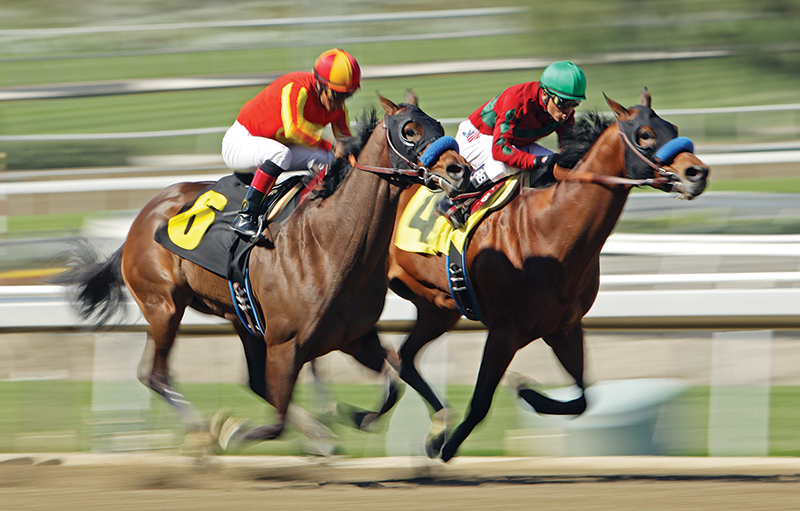
A California study found that 69 percent of Thoroughbreds that underwent colic surgery returned to racing and did not show any significant reduction in performance or career length compared to the control group. Photo: Shutterstock/Cheryl Ann Quigley
A similar study out of Denmark focused on the recovery of sport horses4. The numbers from this study included only horses that survived at least six months after colic surgery. Of these horses, 86 percent resumed or started sporting activity after colic surgery. According to the owners, 83.5 percent of the horses achieved the same level or better performance after surgery.
A study out of North Carolina State compared the return to performance of horses at six months post colic surgery versus horses at 12 months post colic surgery5. This study found that 68 percent of horses were performing at their intended use at six months post surgery, compared to 76 percent at 12 months. At six months, 54 percent were at or above their prior level of performance; at 12 months, 66 percent were at or above their prior level of performance.
There are many reasons why a horse may require colic surgery. In the general horse population, somewhere between 1.4 to 17.5 percent of horses with colic require surgery. These surgical lesions may include problems in the large colon (such as displacement, torsion, or impaction), or the small intestine (such as the blood supply being compromised as a result of entrapment, herniation, or a strangulating lipoma).
Complications that can occur after colic surgery are many and varied. Potential complications that we routinely discuss with the owners include infection (of the incision or of the abdomen), laminitis, complications relating to the intravenous catheter in the jugular vein, diarrhea, and ileus (when the intestinal motility is compromised).
Traditionally, surgeons would recommend a standard post-operative colic protocol of 30 days in a box stall, 30 days in a small paddock, and 30 days in a pasture before returning to work. Options for rehabilitation were not really addressed in these traditional recommendations.
Related: Blood Transfusions for Horses
In the research study at Michigan State, 62 horses that survived colic surgery were included. Eleven of these horses followed a specific rehabilitation program after their surgery, whereas the other 51 horses did not follow this program and were therefore considered control horses. All horses were in consistent training in a specific discipline such as dressage, show jumping, or driving and performed in competition. The study was prompted by the authors’ observations that horses often show a loss of epaxial muscles, a decrease in core strength, and even develop a pendulous abdomen following colic surgery. When this occurs, not only is the horse less likely to return to its previous level of performance, but the horse is at an increased risk of musculoskeletal injury due to this loss of muscle strength.
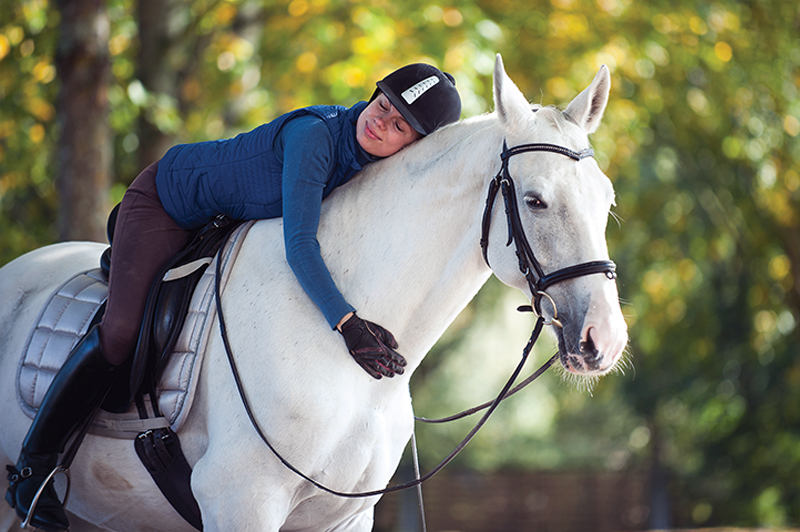
For the horse owner, the words “colic surgery” conjure visions of their beloved horse never being able to perform as he once did. But many horses do return to their previous performance level after surgery, and some even exceed it. Photo: Shutterstock/AnnaElizabeth Photography
Both groups of horses followed standard postoperative recommendations for recovery. They were placed on stall rest with hand walking for 30 days after surgery. Assuming that the incision was healing well with no evidence of surgical site infection, they were then turned out in a small paddock for 30 days before being turned out on pasture for another 30 days. Ridden walk and trot was encouraged between six to eight weeks, with canter introduced at eight weeks. Jumping or galloping was permitted at 12 weeks.
Related: An Inside Look at Joints
Related: Keeping Your Horse's Hindgut Healthy
The group following the specific rehabilitation program was sent home with a four-week exercise protocol beginning four weeks after surgery for those with normal incisions. The exercises in the protocol are outlined in the book Activate Your Horse’s Core: Unmounted Exercises for Dynamic Mobility, Strength & Balance by Narelle C. Stubbs and Hilary M. Clayton, which is available online to horse owners6. The first component is mobilization exercises, which are intended to enhance the suppleness of the neck and back during performance. Rounding exercises (where the horse is encouraged to progressively bend its chin down to its chest, between its knees, and between its fetlocks), lateral bending exercises (where the horse is encouraged to progressively bend its chin back towards its girth, its flank, and its hind fetlock), and neck extension exercises (where the horse is encouraged to fully extend the upper and middle neck) are all included in this category. The second component is core strengthening exercises, which are intended to strengthen the muscles that control posture and stabilize the spine and pelvis. Sternal, withers, and thoracic lifting (where pressure on the ventral midline stimulates the horse to lift), lumbar and lumbosacral lifting (where pressure on the vertebrae above the tailhead encourages the abdominal and sublumbar muscles to flex and bring the hindlimbs under the horse), and lumbar lifting and lateral bending (where pressure on one side stimulates lifting and lateral bending of the pelvis away from that side) are all included in this category. The third component is balancing exercises to encourage activation of the muscles of the thoracic sling, trunk, and pelvis, which improve balance and stability. Backward weight shift (where sternal pressure causes the horse to shift back), tail pull (where pulling the tail to the side activates of the pelvis stabilizer muscles), and destabilizing techniques (where the horse’s weight is shifted while one limb is raised) are included in this category. Stubbs and Clayton explain that these exercises are all best performed after the horse has worked and before cooling out.
Of the 11 horses that followed the specific rehabilitation program at Michigan State, two horses underwent a second colic surgery within five days of the first; none of the 51 control horses had to undergo a second surgery. There was no significant difference between the groups in terms of breed, age, type of colic, or surgical procedure performed. All of the horses in the group following the specific rehabilitation program completed the four weeks of the program without any complications. Any horse that had developed an incisional hernia prior to starting the program experienced the hernia decreasing in size over the course of the program.
Overall, 10 of the 11 horses following the specific rehabilitation program did return to competition, compared to only 24 of the 51 control horses. The horses on the specific rehabilitation program competed at an average of 165 days after surgery, whereas the control horses competed at an average of 205 days after surgery.
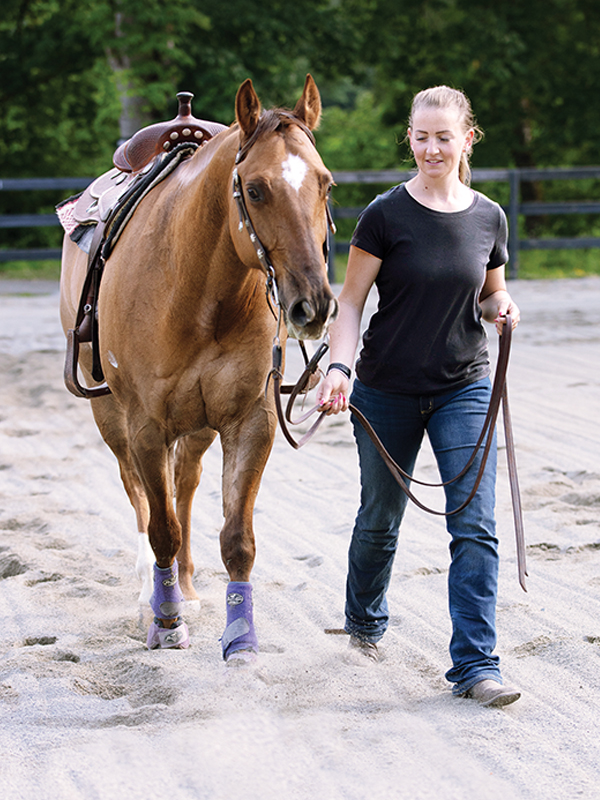
In a Michigan State research study of 62 horses that survived colic surgery, 11 followed a specific rehabilitation program, and the control group of 51 did not. Ten of the 11 horses in the rehab program returned to competition at an average of 165 days post-surgery, with nine showing improvement compared to before surgery. In the control group, only 24 of the 51 horses returned to competition and at an average of 205 days post-surgery, with only four showing a performance improvement compared to pre-surgery. Photo: Sue Ferguson
Perhaps most strikingly, nine of the eleven horses following the specific rehabilitation program showed an improvement in performance after surgery compared to the time period prior to surgery. One horse showed a similar level of performance compared to the time period prior to surgery, and the other horse showed a decreased level of performance. Contrasting to this, only four of the 51 control horses showed an improvement in performance; 39 showed a similar level of performance, and eight showed a decreased level of performance.
The results of the study at Michigan State show that this core rehabilitation program can be safely recommended for horses with normally-healing surgical incisions starting at four weeks after surgery. If the owner’s goals include optimizing performance and a timely return to competition, these recommendations will help them achieve these goals.
Related: Equine Rehab for the Not-Quite-Right Horse
Related: Preventing Colic
Footnotes:
- Holcombe, SJ et al. (2019). The Effect of Core Abdominal Muscle Rehabilitation Exercises on Return to Training and Performance in Horses After Colic Surgery. Journal of Equine Veterinary Science Vol 75, April 2019; pages 14-18.
- Immonen, IAM. (2017). Long-term follow-up on recovery, return to use and sporting activity: A retrospective study of 236 operated colic horses in Finland (2006-2012). Acta Veterinaria Scandinavica 59(1); January 2017.
- Tomlinson JE. et al. (2013). Evaluation of racing performance after colic surgery in Thoroughbreds: 85 cases (1996-2010). Journal of the American Veterinary Medical Association 243; 532-537.
- Christophersen MT. et al. (2011). Sporting activity following colic surgery in horses: A retrospective study. Equine Veterinary Journal 43; 3-6.
- Davis W. et al. (2013). Return to use and performance following exploratory celiotomy for colic in horses: 195 cases (2003-2010). Equine Veterinary Journal 45; 224-228.
- Stubbs, NC and Clayton HM. (2008). Activate Your Horse’s Core: Unmounted Exercises for Dynamic Mobility, Strength & Balance. Mason, MI: Sporthorse Publications; 1-32.
Photo: Shutterstock/Samoli



